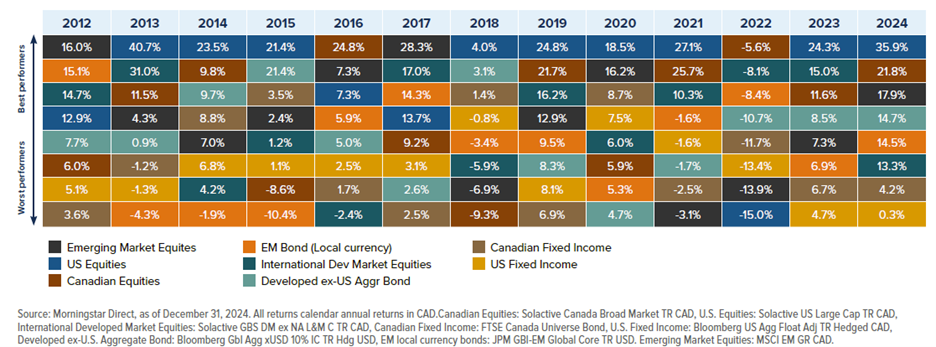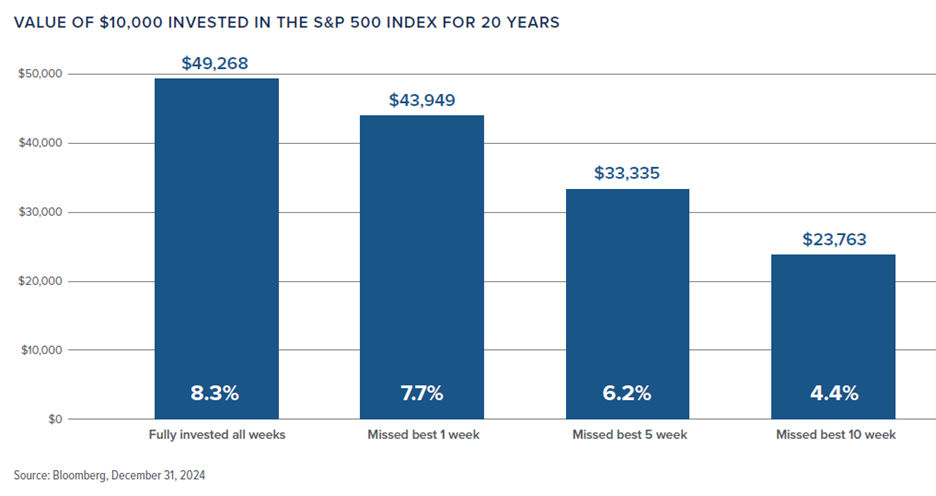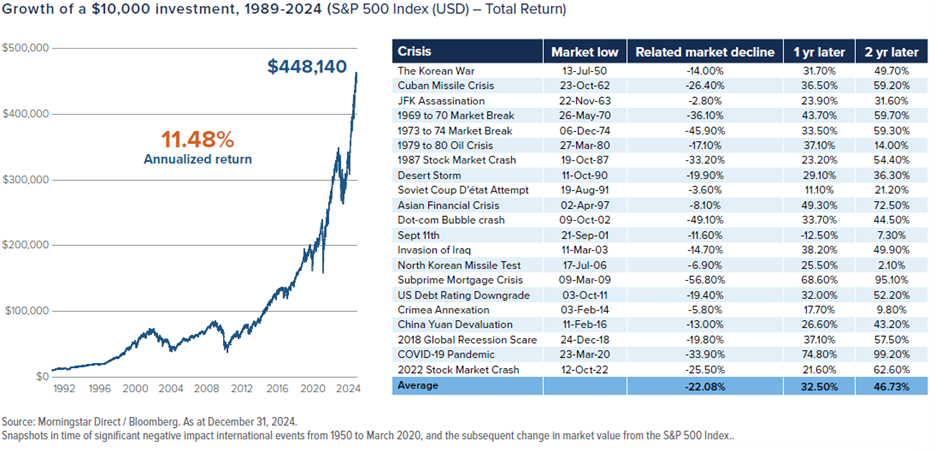Transferring your investments may seem overwhelming or intimidating at first, but at Mainstreet, we make the process easy. In this guide, we’ll walk you through the transfer process and ease your mind when it comes to transferring investments. We’ll explain how the process works and how your Mainstreet and Aviso Wealth Advisor will guide you from start to finish.
Why Transfer Your Investments?
When you move your investments to Aviso Wealth at Mainstreet or another investment product like term deposits, you get high-quality personalized advice backed by flexible solutions. Many people choose to move their investments because they want clearer guidance, fewer accounts to manage, or support that feels more personal and consistent. Whether you’re looking for local service, a more hands-on relationship with your advisor, or an easy and seamless way of investing.
If you’ve ever felt unsure about how your investments are performing or uncertain about whether your portfolio still reflects your goals, transferring your investments can help bring clarity and a greater sense of control. Our Mainstreet and Aviso Wealth Advisors are here to help you make the most of your money. This gives you support that helps you feel more confident and informed when making financial decisions.
Consolidating your investments is also a great reason for transferring investments. It makes managing your investments easier and can enhance the benefit of compound growth, ultimately giving you a clearer picture of your overall progress. Having everything in one place also reduces the chances of duplicated investments or overlooked accounts, making your investments easier to manage.
How the Transfer Process Works:
Transferring your investments is more straightforward than many people expect. When you move your investments, our advisors handle most of the work for you, making the process smooth and stress-free. Here is our 5-step guide that outlines what to expect when transferring your investments to Aviso Wealth or another investment product at Mainstreet.
1.Meet with an Aviso Wealth and Mainstreet Wealth Advisor
Start by booking an appointment and meeting with a Mainstreet and Aviso Wealth Advisor. During your meeting, your advisor will get to know you, understand your financial goals and review your current investments. Together, you’ll build a personalized investment plan that aligns with your financial needs and goals.
This first meeting helps your advisor understand your full financial picture so they can recommend a plan that supports your long-term goals.
2.Bring a Recent Investment Statement
When you meet your new advisor, bring a copy of your most recent investment statement from your current financial institution. This includes all your investments you plan to transfer, whether it’s a Registered Retirement Savings Plan (RRSP), a Tax-Free Savings Account (TFSA) or another type of investment account. This helps your advisor understand the investments you currently hold, identify any transfer restrictions, such as locked-in accounts or pending transactions, and ensure a smooth transition.
3.Complete a Transfer Form
Once you’re ready to transfer your investments, your advisor will help you complete a Transfer Authorization Form. This form authorizes your investments to be moved directly from your existing financial institution to Aviso Wealth at Mainstreet. You’ll need to complete a form for each investment account you plan to transfer.
4.We Take Care of the Rest
Once the form is submitted, our wealth team coordinates the transfer on your behalf. There is nothing more you need to do on your end. Most transfers take between 2 and 6 weeks. Timelines vary based on the type of investment account and the financial institution sending the funds. Your advisor will keep you updated if anything is required during this time.
5.Once Your Transfer is Complete
Once your investments arrive at Mainstreet and the process is complete, your advisor will contact you to confirm that the transfer was successful. If you haven’t already discussed how the funds will be invested, your advisor will schedule a follow-up appointment. If this was already discussed, now you are successfully investing!
Why Choose Aviso Wealth at Mainstreet for Your Investments?
At Mainstreet, you’ll always work with a dedicated wealth advisor who knows you, your goals, and your story. To us, you’re not just another account to manage; your advisor gets to know what matters to you and helps you build a plan that reflects that. As a member, you’re also a part-owner of Mainstreet, which means your financial well-being guides everything we do.
Whatever you’re saving for or working towards, we’re here to help. From retirement planning to getting started, our advisors will work with you to build a plan that supports your financial goals. They take the time to explain your options clearly, answer your questions, and check in as your goals evolve.
Ready to Make the Move?
Are you ready to transfer your investments to Mainstreet? Book an appointment with one of our Mainstreet and Aviso Wealth Advisors today. You can meet with them online, by phone or at a branch. Our knowledgeable team will help you make the switch with confidence.
Mutual funds and other securities are offered through Aviso Wealth, a division of Aviso Financial Inc. The information contained in this article was obtained from sources believed to be reliable; however, we cannot guarantee that it is accurate or complete. This material is for informational and educational purposes, and it is not intended to provide specific advice including, without limitation, investment, financial, tax, or similar matters.




















